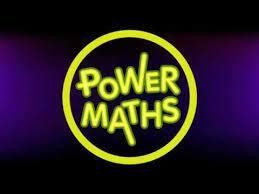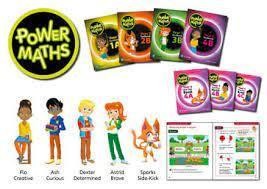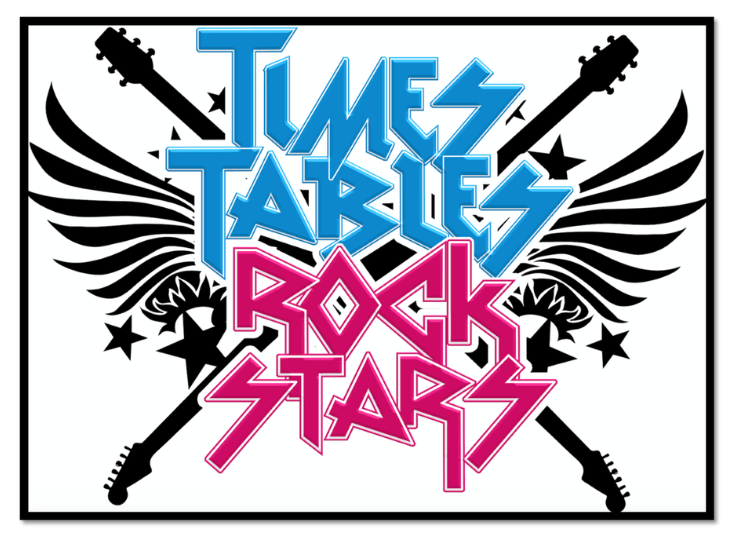Priory Catholic Primary School intends that our curriculum provides children with fluent and adaptable mathematical skills across the range of the curriculum which they can apply in a range of contexts. Our intent for mathematics is to teach a rich, balanced and progressive curriculum using Maths to reason, problem solve and develop fluent conceptual understanding in each area. Lessons are fully inclusive and we ensure that provision is made so that all children can achieve fluency and be able to use their mathematical skills in a wide range of contexts. It is important that we know each child as an individual and that the learning they take part in builds on this. To do this we will:
Provide all of our children with a variety of mathematical opportunities, which will enable them to make the connections in learning needed to enjoy greater depth in learning.
Ensure all of our children are confident mathematicians who are not afraid to take risks.
Fully develop independent learners with inquisitive minds who have secure mathematical foundations and an interest in self-improvement.
At Priory, we use Power Maths as the basis for all of our Maths teaching. It may be supplemented by other resources to best meet the needs of the children but every lesson is based around the Power Maths rationale.
Provide all of our children with a variety of mathematical opportunities, which will enable them to make the connections in learning needed to enjoy greater depth in learning.
Ensure all of our children are confident mathematicians who are not afraid to take risks.
Fully develop independent learners with inquisitive minds who have secure mathematical foundations and an interest in self-improvement.
At Priory, we use Power Maths as the basis for all of our Maths teaching. It may be supplemented by other resources to best meet the needs of the children but every lesson is based around the Power Maths rationale.
How does Power Maths work?
Each Maths lesson is divided into evidence-based sections and set out clearly in the textbooks. Lessons are busy and interactive with children working independently, in pairs, in groups and as a class.
The lesson begins with a Power Up fluency task to sustain prior learning, consolidate number facts and establish the lesson’s confident, can-do tone.
Next, children share, explore and learn from a Discover problem, presented with some focused questions to guide their thinking. Children have to grapple with this task, and consider how to show their understanding in different ways.
After the Discover stage, children discuss their learning in a Share activity. During this whole-class, interactive learning phase, children share their thinking and look for the best ways to solve the problem. The Share section has the added benefit of allowing children to read the Maths. All too often they focus on the abstract, numerical form, such as”3 x 5 = 15”, but a written problem makes very different demands on the children. We teach children to use the right language, read the Maths and see it in different forms at the same time.
The lesson then moves into a Think Together section. It begins with a teacher-guided question followed by a problem for children to solve in collaboration with a partner, and finally an independent question. It develops the concrete problem through the pictorial and abstract stages and there is clear progression within each lesson.
In the Practice section, children use the cleverly devised Practice Books to apply and rehearse what they’ve learned. The carefully varied questions help children to understand the essential features of each concept and build their fluency. They push children that bit further… The questions are not what they’re expecting and they have to think a bit more! There’s always an ‘Even Deeper’ challenge question that links to other Maths areas, too.
Finally, a Reflect section brings each lesson to a conclusion. It involves everyone looking back on what they feel they’ve each learned, and it’s a great way of helping each child to understand and consolidate their learning.
For further information on Power Maths, click below.
Each Maths lesson is divided into evidence-based sections and set out clearly in the textbooks. Lessons are busy and interactive with children working independently, in pairs, in groups and as a class.
The lesson begins with a Power Up fluency task to sustain prior learning, consolidate number facts and establish the lesson’s confident, can-do tone.
Next, children share, explore and learn from a Discover problem, presented with some focused questions to guide their thinking. Children have to grapple with this task, and consider how to show their understanding in different ways.
After the Discover stage, children discuss their learning in a Share activity. During this whole-class, interactive learning phase, children share their thinking and look for the best ways to solve the problem. The Share section has the added benefit of allowing children to read the Maths. All too often they focus on the abstract, numerical form, such as”3 x 5 = 15”, but a written problem makes very different demands on the children. We teach children to use the right language, read the Maths and see it in different forms at the same time.
The lesson then moves into a Think Together section. It begins with a teacher-guided question followed by a problem for children to solve in collaboration with a partner, and finally an independent question. It develops the concrete problem through the pictorial and abstract stages and there is clear progression within each lesson.
In the Practice section, children use the cleverly devised Practice Books to apply and rehearse what they’ve learned. The carefully varied questions help children to understand the essential features of each concept and build their fluency. They push children that bit further… The questions are not what they’re expecting and they have to think a bit more! There’s always an ‘Even Deeper’ challenge question that links to other Maths areas, too.
Finally, a Reflect section brings each lesson to a conclusion. It involves everyone looking back on what they feel they’ve each learned, and it’s a great way of helping each child to understand and consolidate their learning.
For further information on Power Maths, click below.
PROGRESSION IN CALCULATION
Our aim is to develop confident mathematicians who are fluid and flexible in their calculation skills to be able to solve complex problems in a range of contexts,
The attached document will show you how calculation progresses throughout our school.
It can also be used to help you improve your child’s calculation ability at home. The policy has some great example of images and resources you can use with your child.
The attached document will show you how calculation progresses throughout our school.
It can also be used to help you improve your child’s calculation ability at home. The policy has some great example of images and resources you can use with your child.
Times Tables
Children will be explicitly taught their times tables during Maths lessons but it is important that they supplement their learning at home to ensure they have fast recall of these number facts to help them with the most difficult concepts of Maths in Upper Key Stage 2. The children should know the followings times tables by the end of the following years:
Year 2 - 2s, 5s, 10s
Year 3 - 3s, 4s, 8s
Year 4 - 6s, 7s, 9s, 11s, 12s
We use Times Table Rockstars as an interactive and fun resource to aid the learning of times tables and children can access this at home through the following link:
Children will be explicitly taught their times tables during Maths lessons but it is important that they supplement their learning at home to ensure they have fast recall of these number facts to help them with the most difficult concepts of Maths in Upper Key Stage 2. The children should know the followings times tables by the end of the following years:
Year 2 - 2s, 5s, 10s
Year 3 - 3s, 4s, 8s
Year 4 - 6s, 7s, 9s, 11s, 12s
We use Times Table Rockstars as an interactive and fun resource to aid the learning of times tables and children can access this at home through the following link:



